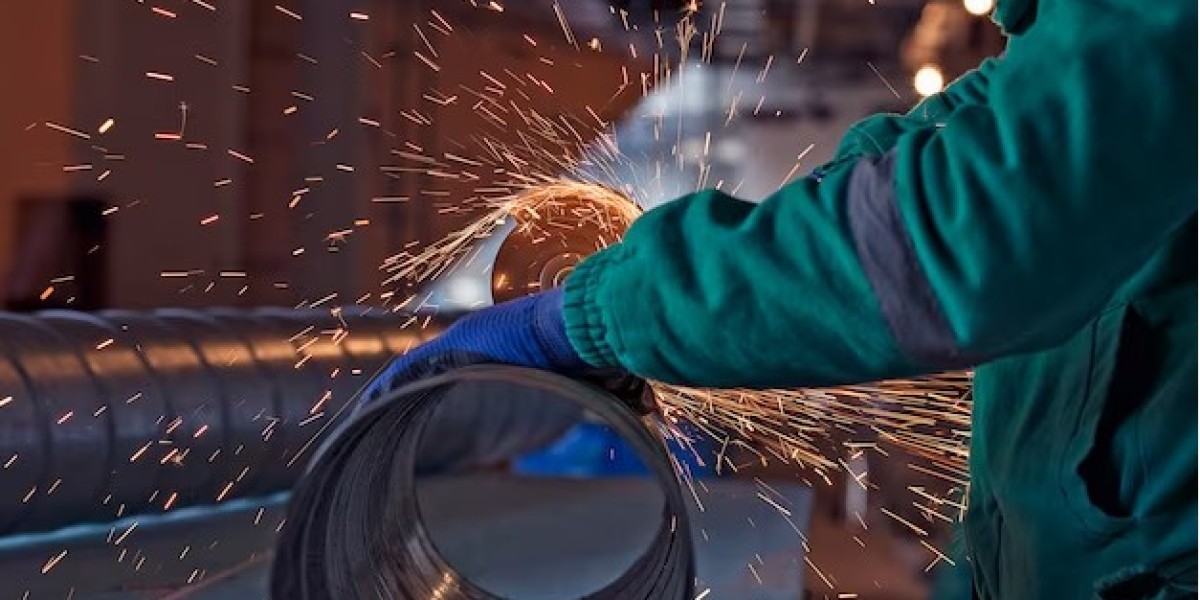Exploring Stainless Steel Fabrication Finishes: A Comprehensive Guide By Ju Chen Welding Services
Are you wondering about the different types of stainless steel finishes? Then, keep scrolling.
This article will help you dive into stainless steel finishes, their types, and their benefits.
What’s Stainless Steel Fabrication?
What’s the Stainless Steel Fabrication Finish?
- What the stainless steel will be used for
- The design needs to match
- Any specific functional requirements
What Are the Different Steel Fabrication Finishes?
Dull Finish
Matte Finish
Brush Finish
Brushed Finish
Polished Finish
Mirror Finish
What Are the Perks of Stainless Steel Finishes?
Aesthetic appeal
Mirror finishes and brushed finishes are highly preferred for the aesthetic factor.
Cleaning is made easy
Long lifespan
Versatility
Corrosion Resistance
Hygienic Properties
Closing Notes









